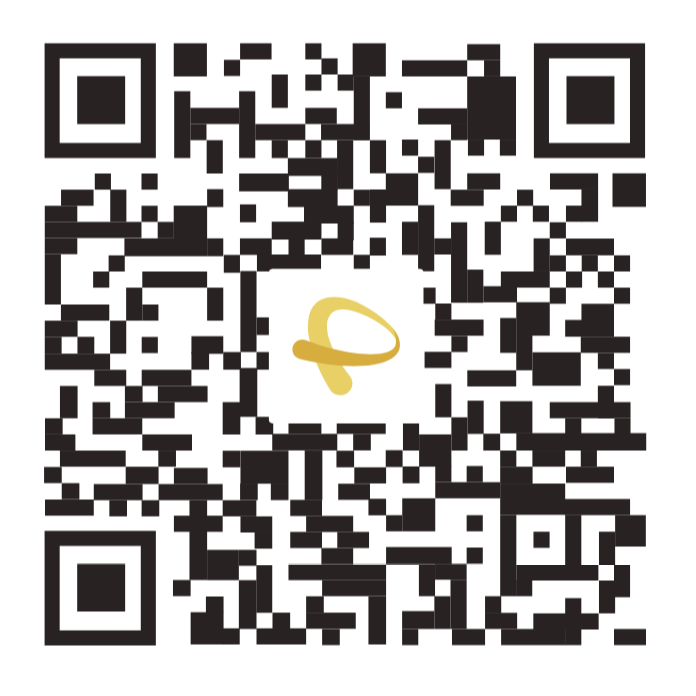Overseas Payment Solutions: Key to Simplifying Global Cross-Border Transactions
What is Overseas Payment?
What Are the International Business Payment Solutions?
-
Bank Transfers: This is the most traditional form of cross-border payment, typically conducted via the SWIFT system. Its advantages include broad applicability, but it comes with longer processing times and higher fees.
-
Credit Card Payments: A common method for cross-border payments, suitable for consumers and small payments. Credit card payments are convenient but may incur additional costs due to currency conversion.
-
Third-Party Payment Platforms: Payment service providers like PayPal and Stripe offer fast, convenient payments and support multi-currency transactions.
-
E-wallets: Platforms are suitable for users who support these platforms, providing high convenience and security.
How to Choose the Most Suitable Payment Method?
-
Transaction Amount: Small payments are suitable for credit cards or e-wallets, while larger transactions may be better handled via bank transfers or specialized payment platforms.
-
Payment Speed: Different payment methods have varying settlement times. Bank transfers usually take a few days, while third-party payment platforms and e-wallets can facilitate instant transactions.
-
Payment Fees: Payment fees are an important consideration when selecting a payment method. Third-party payment platforms and e-wallets generally have lower fees, while bank transfers may incur high transaction fees.
-
Currency Support: Ensure that the chosen payment method supports the necessary currency conversions. Multi-currency payment tools are essential for cross-border transactions to help save on conversion costs.
Advantages and Disadvantages of Traditional Overseas and International Payment Methods
-
Advantages:
-
Secure and reliable, especially for large transactions.
-
Supports multiple currencies and is globally accepted.
-
-
Disadvantages:
-
Long processing times, usually taking several days.
-
High fees, and limits on the amount for cross-border remittances.
-
-
Advantages:
-
Fast and convenient, available in almost all countries and regions.
-
Very convenient for small payments.
-
-
Disadvantages:
-
High currency conversion costs and expensive fees.
-
Not suitable for large transactions.
-
-
Advantages:
-
Supports multiple currencies, offering a convenient cross-border payment solution.
-
High security and simple payment process.
-
-
Disadvantages:
-
High fees, especially for withdrawals.
-
Dependent on platform rules and may be subject to restrictions.
-
PhotonPay vs. Traditional Commercial Payment Methods
| Feature | PhotonPay | Traditional Bank Transfers |
| Payment Speed | Fast payments, with T+0 or T+1 settlement, improving cash flow efficiency | Slow transfers, typically taking 3-5 business days and can be impacted by bank processes |
| Supported Currencies | Supports over 60 major currencies, offering more flexibility for global payments | Limited currency support, especially for niche currencies |
| Payment Methods | Offers various payment options, including localized payments, cross-border payment cards, and digital wallets | Primarily relies on traditional banking methods like SWIFT transfers and international checks |
| Transaction Costs | Low transaction fees, avoiding high cross-border remittance and intermediary costs | High fees, especially for cross-border transfers, where fees can be substantial |
| User Experience | Easy-to-use online interface, supports multiple devices and platforms, allowing easy account and payment management | Cumbersome process, often requiring complex forms and multiple verification steps, providing a less seamless experience |
| Compliance & Security | Strong KYC/KYB verification and anti-money laundering compliance system, ensuring transaction security | Relies on traditional bank compliance systems, which can take longer to process and have more traditional security measures |
| Flexibility | Highly flexible, supporting quick adjustments to payment settings, methods, and localization options | Less flexible, typically bound to fixed bank processes and policies |
| Global Coverage | Covers 180+ countries and regions, ensuring seamless global payments |
Limited global coverage, with some regions either unsupported or expensive to send money to
|
PhotonPay: A One-Stop Global Payment Solution
-
Multi-Currency Global Accounts: PhotonPay supports multi-currency payments, covering mainstream currencies such as USD, EUR, GBP, and more. Merchants can manage global transactions on a single platform, reducing losses due to exchange rate fluctuations.
-
Fast Global Distribution and Settlement: Payment funds transfer quickly, allowing merchants to receive payments in a shorter time and avoiding delays in fund availability.
-
PhotonPay Card: PhotonPay Card is a multi-currency card jointly launched by PhotonPay and renowned international card networks and issuers. It covers all online and offline consumption scenarios through Mastercard / Discover® Global Network. With PhotonPay Card, businesses can spend for Media Buying, OTAs, B2B Procurement, Supply Chain Management, Freelancing and more. PhotonPay Card empowers enterprises to complete global payments efficiently and cost-effectively.
-
Compliance and Risk Control Systems: PhotonPay features a robust KYC (Know Your Customer) and KYB (Know Your Business) verification system to help merchants ensure payment security and reduce compliance risks.
-
Seamless Integration with Global E-commerce Platforms: PhotonPay integrates directly with major e-commerce platforms like Amazon and Shopify, allowing merchants to manage all payment processes from one interface and improve operational efficiency.
Frequently Asked Questions
-
How to Avoid High Transaction Fees in Overseas Payments?
-
Are Overseas Payments Safe?
-
How to Choose the Right Overseas Payment Platform?




